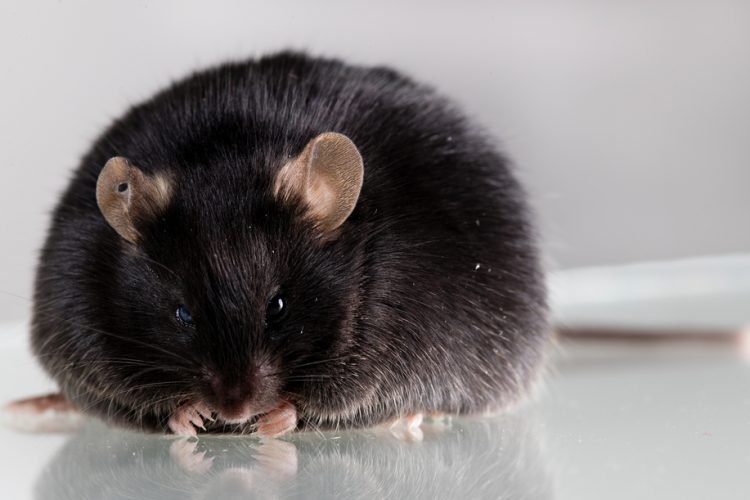GLP-1 and GIP receptor agonists reduce mouse obesity in pre-clinical study
Posted: 1 November 2021 | Anna Begley (Drug Target Review) | No comments yet
Treatment with Viking Therapeutics’ dual agonists resulted in mean reductions in body weight of up to 27 percent compared to semaglutide-treated animals.


Viking Therapeutics has announced the presentation of pre-clinical data from a series of internally developed dual agonists of the glucagon-like peptide-1 (GLP-1) and glucose-dependent insulinotropic polypeptide (GIP) receptors, designed to treat obesity.
NEWS: Obesity could be treated by targeting mitochondrial defect, study finds
The data highlight the effects of treatment on body weight and metabolic profiles in diet-induced obese (DIO) mice as compared to control cohorts treated with vehicle, the GLP-1 agonist semaglutide, or the dual GLP-1/GIP agonist tirzepatide.
The results of the studies demonstrate that the addition of GIP receptor activity improves upon the observed effects resulting from activation of the GLP-1 receptor alone in DIO mouse models. Weight loss, glucose and insulin effects are enhanced in the Viking series of dual-agonist compounds compared to the effects observed with the GLP-1 agonist comparator, semaglutide, when administered at the same dose for the same time period.
In separate studies, the effect sizes observed with the Viking series of dual agonists were similar to those observed following treatment with tirzepatide, a dual GLP-1/GIP receptor agonist currently in clinical development. Reductions in liver fat content were generally numerically larger among animals treated with Viking compounds relative to liver fat reductions observed among tirzepatide-treated animals.
Highlights from the study include:
- Treatment with Viking dual agonists resulted in mean reductions in body weight of up to 27 percent relative to vehicle, compared with a mean reduction of 18 percent among semaglutide-treated animals
- Treatment with Viking dual agonists resulted in mean reductions in blood glucose of up to 23 percent relative to vehicle, compared with a mean reduction of seven percent among semaglutide-treated animals
- Treatment with Viking dual agonists resulted in mean reductions in plasma insulin of up to 57 percent relative to vehicle, compared with a mean reduction of 35 percent among semaglutide-treated animals.
“We are excited to report these results, which highlight the potency and promise of these novel compounds,” commented Brian Lian, chief executive officer of Viking. “These new dual agonists result from our internal development activities focused on important therapeutic targets and represent an expansion of our pipeline of novel agents for metabolic and endocrine disorders. We look forward to commencing clinical studies with a lead candidate from this programme.”
Related topics
Biopharmaceuticals, Drug Development, In Vivo, Molecular Targets, Target Molecule, Targets, Therapeutics
Related conditions
Obesity
Related organisations
Viking Therapeutics
Related people
Brian Lian








